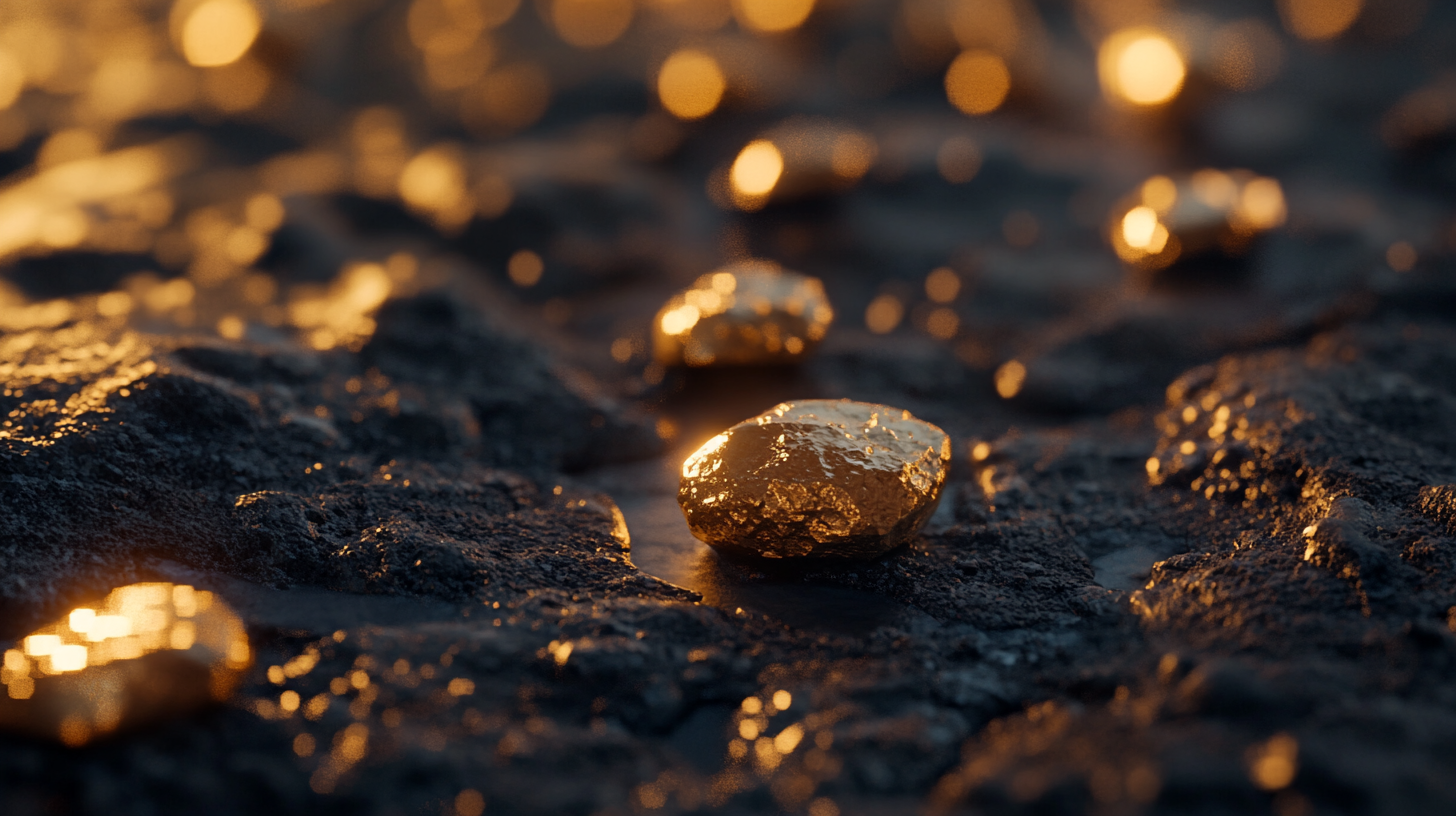As the demand for lithium-ion batteries surges, driven by the increasing reliance on rechargeable technology, a groundbreaking method developed by researchers at Rice University promises to significantly enhance lithium recovery from used batteries. This new technique allows for the extraction of 87% of lithium in just 15 minutes, a substantial improvement over traditional methods.
The Growing Demand for Lithium
Lithium is a finite resource, essential for powering everything from smartphones to electric vehicles. The lithium-ion battery market, currently valued at approximately $65 billion, is projected to grow by 23% over the next eight years. However, the environmental impact of lithium mining and geopolitical concerns in lithium-rich regions pose significant challenges to supply chains. Predictions suggest that current lithium mines may only meet half of the projected demand by 2030, underscoring the urgent need for sustainable extraction and recycling methods.
Challenges in Lithium Recycling
Recycling lithium from spent batteries has traditionally been a slow and chemically intensive process, often recovering less than 5% of the lithium originally used. Existing methods typically involve harsh chemicals and lengthy procedures, making them less viable in the face of rising demand.
A Revolutionary Approach
To address these challenges, the Rice University team employed deep eutectic solvents (DES)—eco-friendly liquids capable of selectively precipitating lithium and other metals from solutions. Salma Alhashim, a doctoral alumna and lead author of the study, explained, “Our goal was to target lithium specifically, as it is usually precipitated last after other metals.”
Traditionally, heating compounds in an oil bath is necessary to extract metals, but this method is time-consuming and can lead to the degradation of lithium compounds. The Rice researchers innovatively turned to microwave radiation, which effectively heats the choline chloride used in their DES, significantly speeding up the process.
Remarkable Results
The results were impressive: the team achieved lithium precipitation nearly 100 times faster than conventional oil bath methods, recovering 87% of lithium in just 15 minutes compared to the 12 hours required by traditional techniques. Sohini Bhattacharyya, another lead author and postdoctoral fellow, noted, “Using microwave radiation is akin to how a kitchen microwave heats food quickly, allowing for a much faster reaction.”
This method is not only efficient but also adaptable, with the potential to recover other valuable metals such as cobalt and nickel by adjusting the DES composition. The eco-friendly nature of this approach further enhances its appeal for large-scale recycling applications.
Conclusion
The findings, published in the journal Advanced Functional Materials, represent a significant step forward in lithium recovery technology. Pulickel Ajayan, the corresponding author and chair of the materials science and nanoengineering department, emphasized the dual benefits of enhanced recovery rates and reduced environmental impact. As the world moves towards a more sustainable future, this innovative microwave technique could play a crucial role in meeting the growing demand for lithium while minimizing ecological harm.







